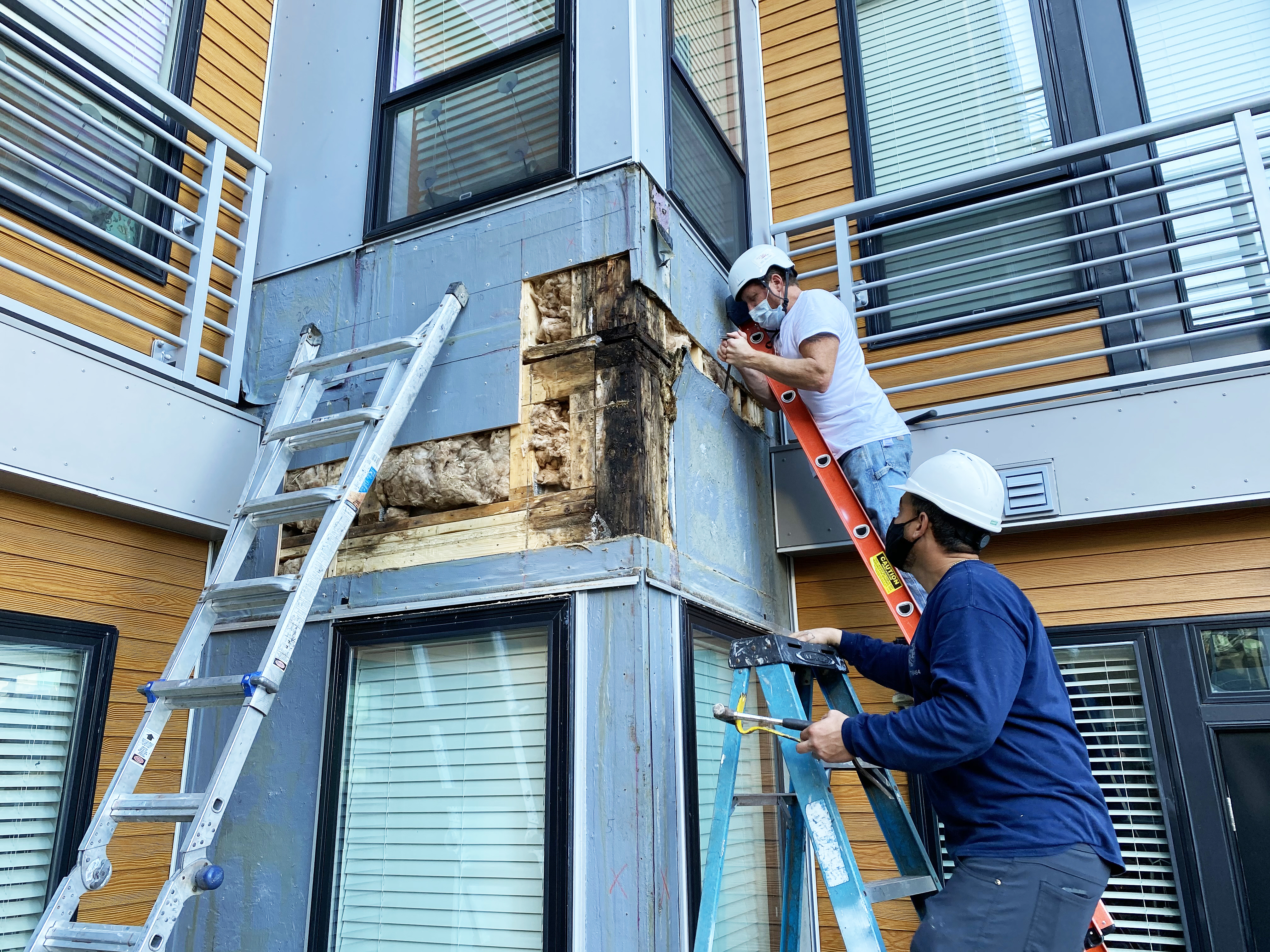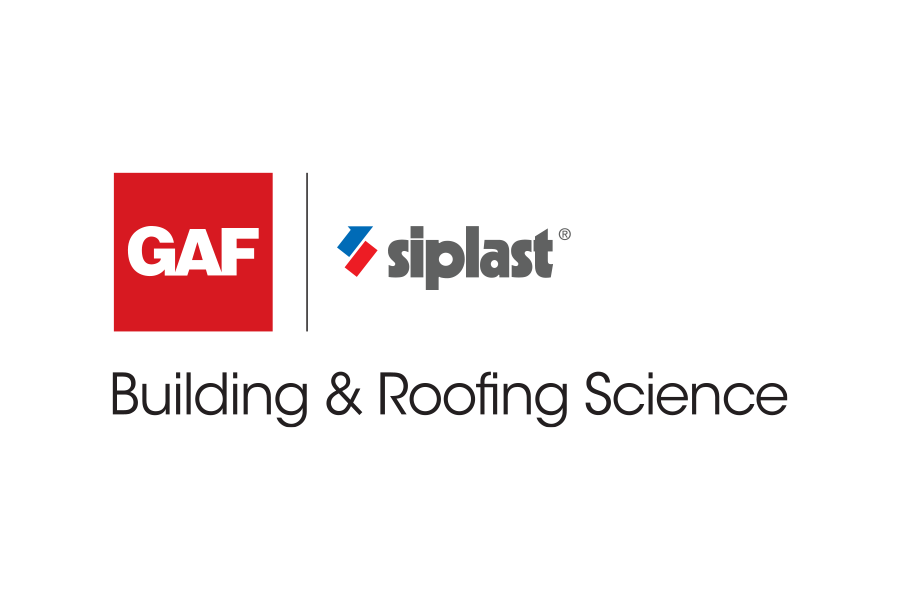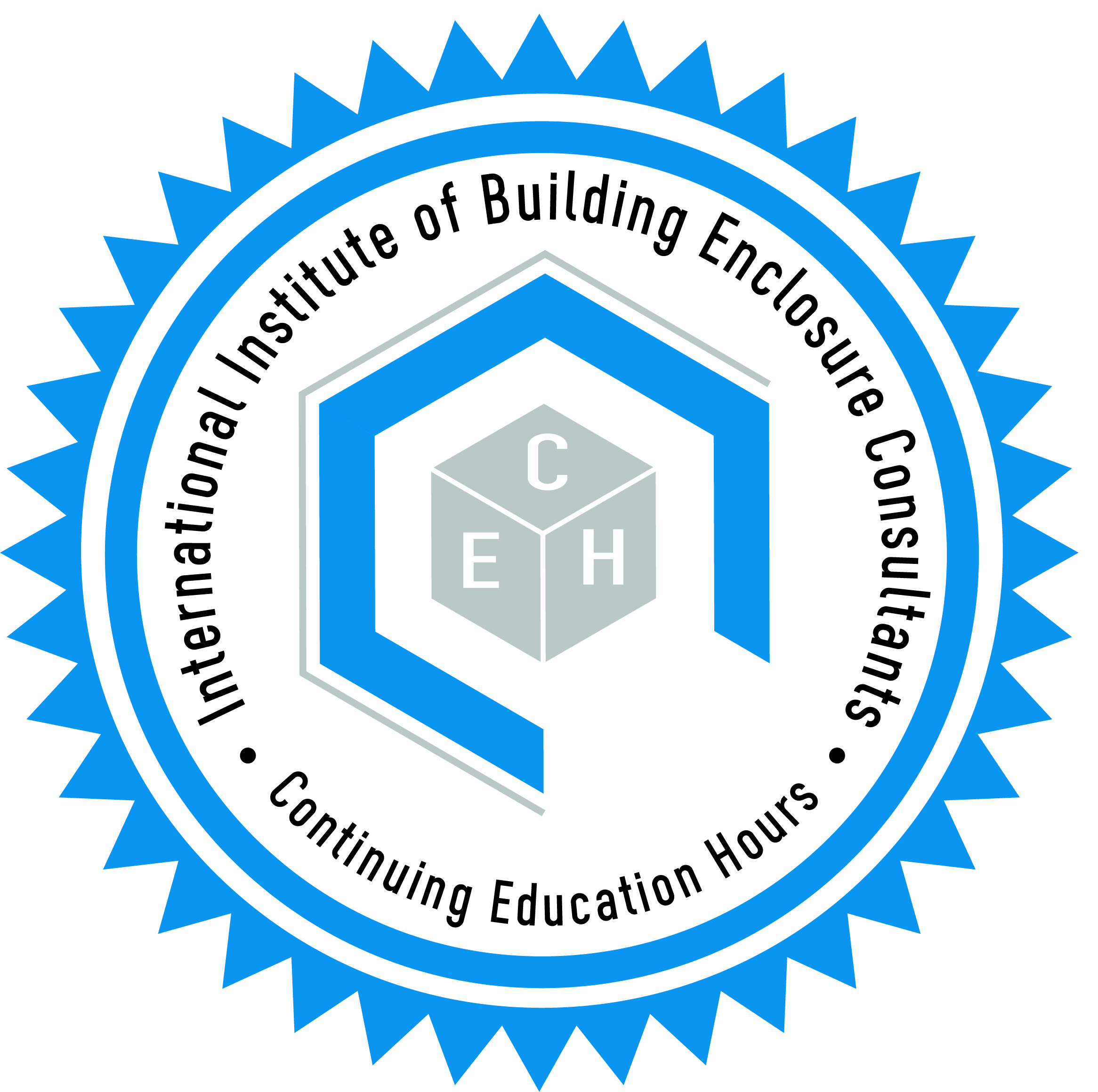Understanding & Designing for Moisture Movement
Building Science for Architects Part 2
Sponsored by GAF | Siplast | Presented by Matt Copeland, PE, RRC and Jennifer Keegan, AAIA
Webinar On-Demand
Building science tells us how buildings perform, especially with moisture movement. This presentation will help designers better understand how moisture moves through airflow by diffusion. We will discuss permeability of materials and its impact on the performance of enclosure assemblies. Strategies for detailing assemblies to meet both designer’s code-mandated responsibilities and airtightness testing requirements will be discussed, highlighted by project examples demonstrating the impact of different approaches on the moisture performance of the enclosure.

Photo courtesy of Copeland Building Envelope Consultants
 |
Matt Copeland is the founder of Copeland Building Envelope Consulting. He is a building scientist and engineer and has consulted on a wide variety of building envelope issues for over 20 years. With experience in design, forensic investigation, litigation support and expert witness work, due diligence and building enclosure commissioning, Matt is proficient at diagnosing and designing repairs for envelope problems in all construction types. |
 |
Jennifer Keegan, AAIA, is a 25+ year veteran of the building enclosure industry, Jennifer Keegan serves as the Senior Director of Building & Roofing Science for GAF. Her career in building forensics, assessment, design and remediation provided a strong technical foundation for industry collaboration and leadership. Jennifer provides technical leadership within the industry through her involvement with AIA, CSI, and IIBEC; and as an advocate for women within the industry as the Past Chair of National Women in Roofing. |
The Building and Roofing Science team offers regional expert building enclosure collaboration through design, specification, and educational support for customers of GAF and Siplast, both Standard Industries companies. GAF is North America’s largest roofing manufacturer with more homes and businesses in the U.S. protected by a GAF roof than any other product. Siplast, a leader in building enclosure systems, offers a portfolio of advanced, high-performance SBS-modified bitumen, PMMA liquid-applied, PVC KEE, lightweight insulating concrete, wall air & water barrier systems, and amenity/vegetated systems.
Originally published in Building Enclosure
Originally published in August 2025
LEARNING OBJECTIVES
- Differentiate between how moisture moves through airflow and how it moves by way of diffusion through materials and assemblies.
- Explain the code-mandated responsibilities regarding building envelope details.
- Develop strategies for meeting standard of care obligations related to including details in your design documents.
- Cover the new whole building airtightness testing requirements and how to be prepared for them on your next project.











